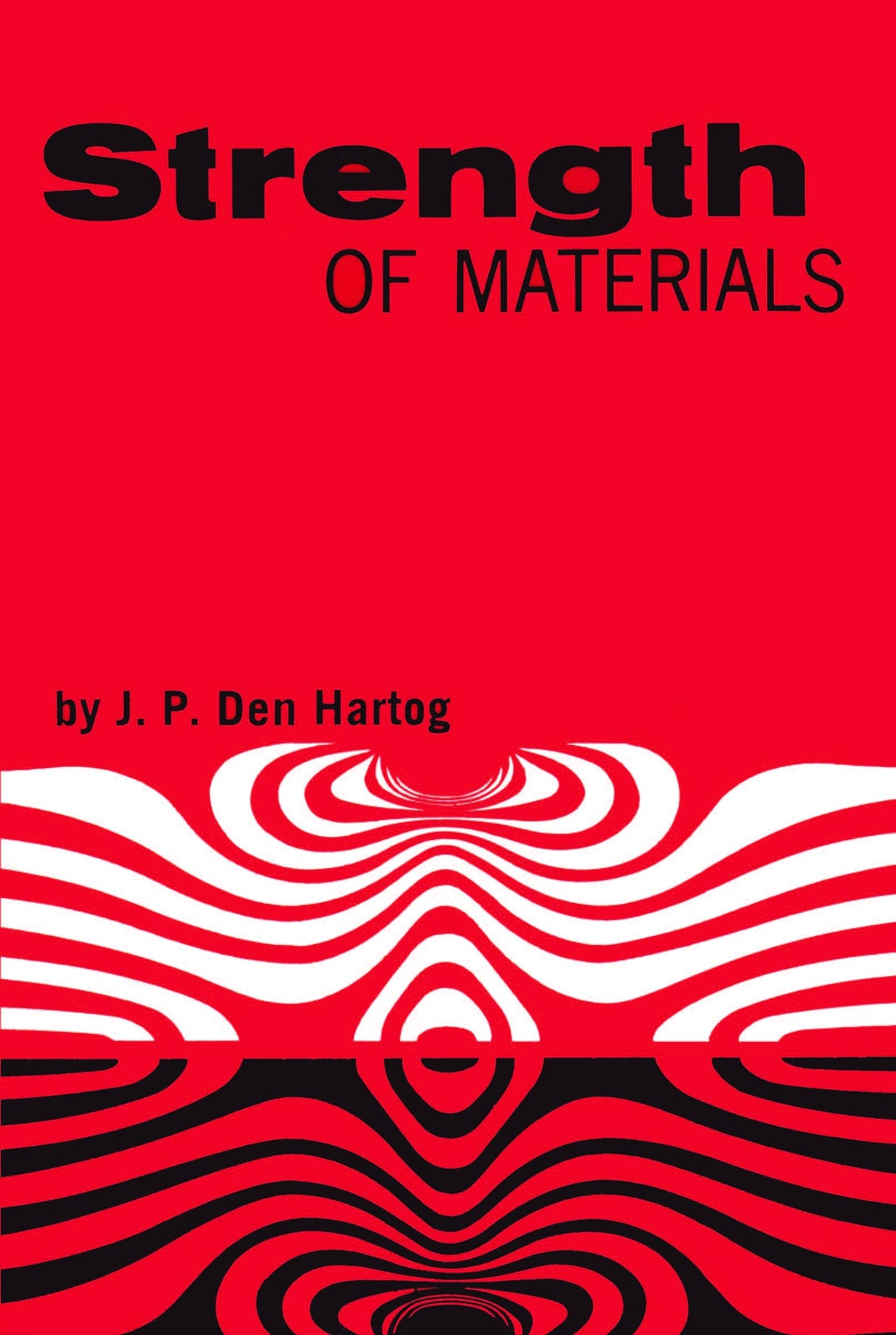Strength of Materials: A History of the Apollo-Soyuz Test Project
Strength of Materials: A History of the Apollo-Soyuz Test Project is backordered and will ship as soon as it is back in stock.
Couldn't load pickup availability
Genuine Products Guarantee
Genuine Products Guarantee
We guarantee 100% genuine products, and if proven otherwise, we will compensate you with 10 times the product's cost.
Delivery and Shipping
Delivery and Shipping
Products are generally ready for dispatch within 1 day and typically reach you in 3 to 5 days.
Book Details
-
Author: J. P. Den Hartog
-
Publisher: Dover
-
Edition: Reprinted Edition
-
Binding: Paperback
-
Number of Pages: 352
-
Release Date: 1st June 1961
-
ISBN: 0800759607556
-
Languages: English
-
Package Dimensions: 8.0 x 5.0 x 1.3 inches
About The Book
Introduction to Strength of Materials by J. P. Den Hartog is an essential textbook for engineering students and professionals, widely regarded as one of the most distinguished works on the subject. Originally developed for engineering students at M.I.T., this book offers a clear, accessible introduction to the fundamentals of strength of materials, including tension, torsion, bending, and deflection of beams. Its popularity extends beyond academia, making it a go-to reference for engineers and self-learners around the world.
What sets this work apart is its inclusion of more advanced topics often omitted from introductory texts, making it valuable not only for beginners but also for seasoned professionals. The book covers techniques such as the Mohr circle for determining moments of inertia and stresses, the theory of the center of shear, and the "Myosotis" method of beam deflections. In addition, it touches on topics such as statically indeterminate trusses, reinforced concrete, thick-walled cylinders, plastic deformations, and photoelasticity, offering readers a comprehensive understanding of both theoretical concepts and practical applications.
The book also features an invaluable 85-page section containing 350 answered problems, allowing students to practice techniques and apply what they have learned to real-world situations. This problem set is a key feature that enhances the book's value as both a learning tool and a reference for engineers.
This reprinted edition continues to be a trusted resource for anyone seeking a solid foundation in strength of materials, making it an indispensable addition to the library of any student or professional in the field of engineering.





